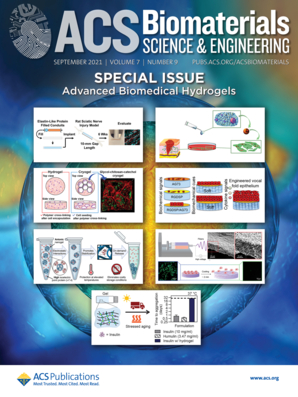|
Authors
Sala, N. ; Abad, M. D. ; Abad, M. D. ; Sánchez-López, J. C.; Caro, J.; Colominas, C. ; Sánchez-López, J. C.; Caro, J.; Colominas, C.
|
Abstract
Nanostructured Nb-C thin films were prepared by direct current magnetron sputtering (DC-MS) and high-power impulse magnetron sputtering (HiPIMS). The films were characterized in depth by X-ray diffraction (XRD), grazing incidence X-ray diffraction, scanning electron microscopy, atomic force microscopy, electron probe microanalysis, and Raman spectroscopy. The mechanical properties were measured by nanoindentation, and the tribological properties were measured by pin-on-disk tests in ambient air. The wear tracks and ball scars were analyzed by Raman spectroscopy to elucidate the tribochemical reactions that occurred at the contact area and to determine the wear mechanism for each specimen type. The thermal stability of the coatings was studied up to 1000 °C using Raman spectroscopy and XRD. The samples prepared by DC-MS were very dense, and the phase composition changed from purely nanocrystalline (Nb2C and NbC) to a mixture of NbC crystals embedded in an amorphous carbon-based matrix (NbC/a-C(:H)). However, the samples prepared by HiPIMS developed a marked columnar morphology with a NbC/a-C(:H) nanocomposite structure. The hardness values ranged from 11 to 20 GPa depending on the deposition technique and the amount of the soft a-C(:H) phase present in the sample. The tribological properties of all the coatings were remarkably good when the carbon content was approximately 50 at.%. The formation of a lubricating sp2-rich C tribofilm between the ball and coating during the pin-on-disk tests was observed by Raman spectroscopy. The tribofilm formed preferentially on the samples prepared by HiPIMS, which had higher C contents. At 750 °C, the degradation of the NbC phases resulted in the formation of an additional a-C phase and niobium oxides.
|

WoS
Scopus
Altmetrics

|
